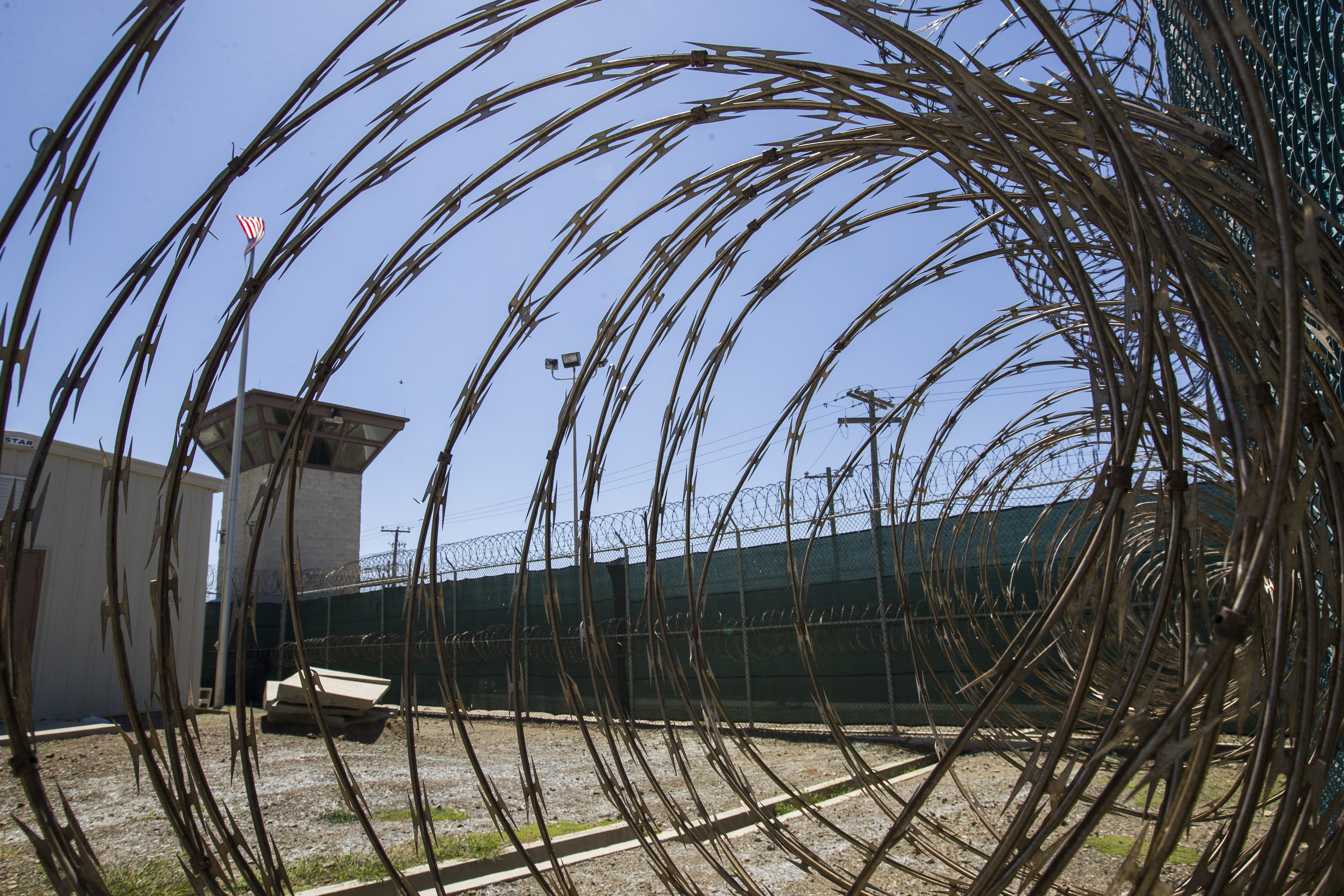Artificial intelligence, or AI, seems to be one of the biggest tech buzzwords in 2023, yet many are left with a narrow understanding of it, if at all.
But at the National Hurricane Center, they've been using the technology for years to aid the forecast process.
The payoff has proven tangible, resulting in a more organized workflow and greater forecast precision.
From assembling the possible outcomes of a tropical system, to displaying a dizzying amount of data from dozens of forecast models, NHC Deputy Director Jamie Rhome told NBC Miami that the presence of AI in their workflow is a pillar of the hurricane forecaster's success.
Get top local stories in Connecticut delivered to you every morning. >Sign up for NBC Connecticut's News Headlines newsletter.
On any given shift, when there's activity in the tropics, the clock is always counting down until the next forecast must be issued.
With an astounding amount of data to sort through, and coordination to be done, forecasters are increasingly reliant on the work that computers can do to streamline their efficiency.
"It's becoming increasingly important," Rhome said. "Now, to be clear, we've been using AI for a long time This is not new or sudden. The sophistication of AI has dramatically improved and it continues to improve, and that's critical because we only have three hours to make the forecast."
U.S. & World
The use of AI is most noteworthy in computer modeling.
While most, if not all, of the computer model data used is available to the public, there remain a few models that are proprietary to the NHC, helping to guide the consistency of the forecasts we receive.
But rest assured, AI won't be taking over the forecast process for the advisories we count on.
"It's not doing that at all," Rhome said. "In our case, it's aiding the human in the sense that it's allowing the forecaster to see more information and therefore push the bounds of predictability and make our forecasts better and better."
The tropical outlook, issued four times a day, provides an overview of current activity in the tropics. It's product we use to see where areas of concern may develop and move.
This season, the expansion of the graphical tropical weather outlook is moving from five days to seven.
But will the extra two days make a difference?
"We can go to seven days and provide the same level of accuracy and reliability that we were providing with the five-day without any degradation. We're now able to extend the lead time by two days," Rhome said. "The benefit for greater lead time can't be understated."
So while the outlook areas may be larger, and at times encompass a larger footprint in the tropics, the added days of awareness are designed to keep us engaged and aware of any possible threats.



